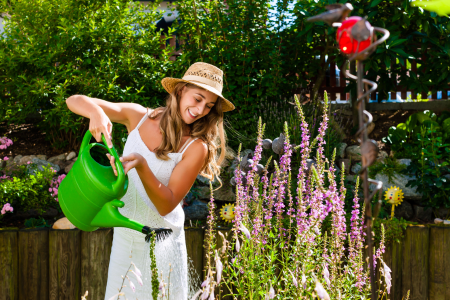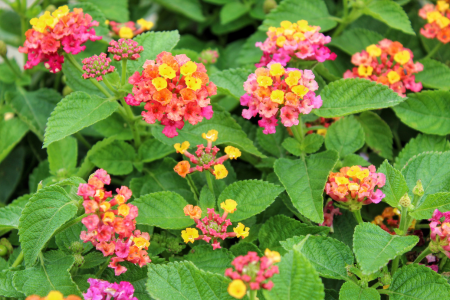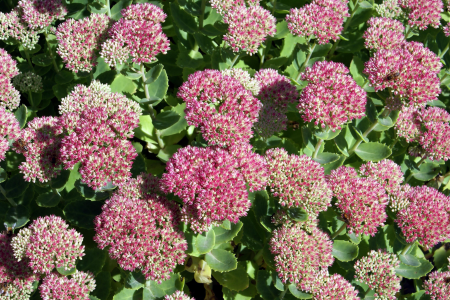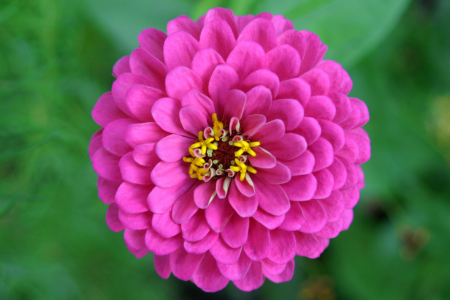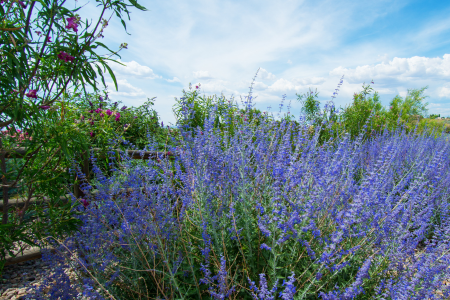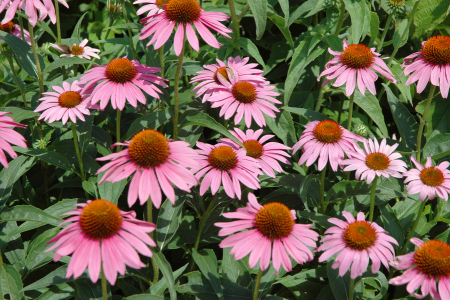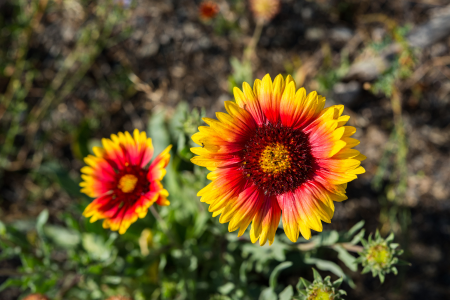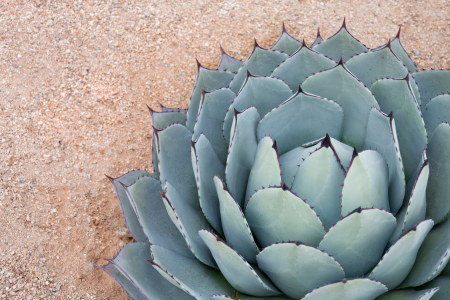Gardening during the summer has its challenges, especially when everything seems to wilt under the blazing sun. But there are some plants that positively thrive in elevated temperatures and choosing these varieties will ensure your garden remains vibrant throughout the season. The wonderful thing about many of these hardy species is their good looks as well as their robustness. They can cope with scorching days and produce beautiful blooms no matter how hot it gets. So, if you want an outdoor space which looks just as good when the mercury hits 32°C as it does at a more temperate 20°C, why not give some of the following a try?
Lantana
Lantana is an excellent option for a summer garden because it can withstand heat and drought. With vibrant clusters of flowers that come in many colors, this plant thrives even on the hottest days and will not droop. Butterflies and bees will flock to your lantanas, which like full sun. And regardless of if you have a green thumb, there is no need to worry. These plants need only occasional watering and thrive in well-drained soil. From spring through fall, you will enjoy lots of blossoms.
Sedum (Stonecrop)
Sedum is a drought-tolerant succulent plant suitable for sunny locations where rainfall is infrequent. Its plump leaves retain moisture so effectively that the plant can go for weeks without water and still look perky. With various shapes, colors, and sizes available, there is surely a sedum that will fit in nicely with the rest of your collection–or make an eye-catching solo statement. These ground-huggers also thrive when tucked between rocks, atop walls, or potted up for porch/patio decor. Do not worry about regular watering once they have settled in–these beauties require minimal care.
Zinnias
If you want radiant color, zinnias are the flowers for you. These annuals love hot weather and come in every shade imaginable such as pink, orange, red, yellow, and white. Luckily, it is easy to grow zinnias from seed; just sow them where they are going to get plenty of sunlight. Whether you plant them in pots, edge a bed, or pick them for vases indoors, regular deadheading will ensure they bloom throughout the summer months. Bright, breezy zinnias, who could be miserable with these cheerful characters about?
Russian Sage
Russian Sage is a tough perennial plant that does well in hot, dry conditions. It has lovely silver leaves and spiky lavender flowers, bringing elegance to your yard or garden. This plant is deer-proof and brings bees and butterflies around—an excellent choice if you want beauty with benefits. It loves sunlight and soil that drains easily. Once these plants are established, they need little water. So, if you are looking for something low maintenance but pretty, here you have it.
Coneflowers (Echinacea)
People love coneflowers because they are tough and pretty. Once these native plants are established, they do not need much water and can cope with high temperatures. Coneflowers come in many colors – purple, red, oranges, pinks, and yellows, so they all brighten up your garden. When the flowers begin to turn into seeds, birds and butterflies around the neighborhood are always on the standby to feed on them. For continuous blooming from early summer until autumn, plant coneflowers somewhere sunny.
Blanket Flower (Gaillardia)
Blanket Flowers are hardy perennials that love the heat. Their daisy-like flowers come in shades of red, orange, and yellow – adding fiery zing wherever they are planted. Blanket Flowers need full sun and well-drained soil; once established, they are drought tolerant. For lots of color from late spring to fall, the flowers bloom continuously. No wonder these low-maintenance plants are popular for borders, rock gardens, and pots.
Agave
Agaves are visually stunning succulents, making them ideal for hot, arid gardens. These plants possess both dramatic foliage and an architecturally interesting form. These are the attributes that make them fantastic focal points. Furthermore, they need little water and love exposure to sunshine. Also, there are many different types of agaves available, ranging widely in size and shape; this means you will be able to find some that fit your space perfectly. Just plant them in well-drained soil, sit back and enjoy these low-maintenance beauties.
Tips for a Heat-Resistant Garden
Here are some suggestions for creating a garden that can withstand elevated temperatures even after choosing the right plants:
Mulch
This helps soil retain moisture, stay cool, and stop weeds from growing. Bark chips and straw are good organic mulches- they will also help keep your plants hydrated and at a lower temperature.
Strategic watering
Give plants a good drink but not too often. This will encourage their roots to grow down deep where the soil stays moist. Water evaporates less when it is cool. Either do your watering in the early morning or late afternoon. Drip irrigation delivers water straight to where it is needed (the roots).
Shade
If there is a heatwave you may need to protect some plants by giving them temporary shade. Shade cloth works well; you could also plant taller kinds of plants or vegetables near smaller ones so there is natural shade during the hottest part of the day.
Prepare the soil
Ensure the soil drains water completely from the roots of your plants to avoid drowning and rot. You can improve drainage by adding sand or compost to heavy clay soils. This will also help stop root rot.
Grouping
Place containers close to one another or grow plants in the ground in clusters. This can create tiny areas that are cooler than their surroundings. It might enable plants to cope better with dry conditions – and it makes watering easier if you have multiple pots.
If you choose heat-tolerant plants carefully, you can have a summer garden that stays beautiful and colorful even when temperatures are at their hottest. Lantana, sedum, zinnias, and others help create a gorgeous aesthetic and do not require significant watering or maintenance once they are established. Follow these tips on setting up a heat-resistant garden and your outdoor space will be able to cope with whatever the season throws its way!

